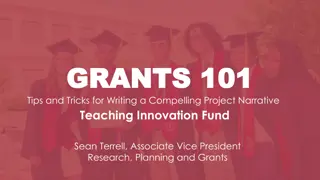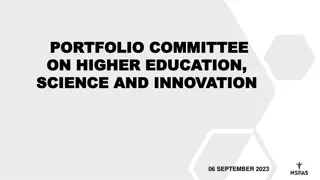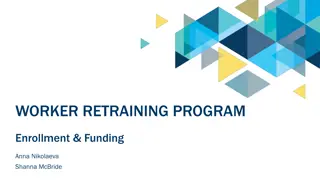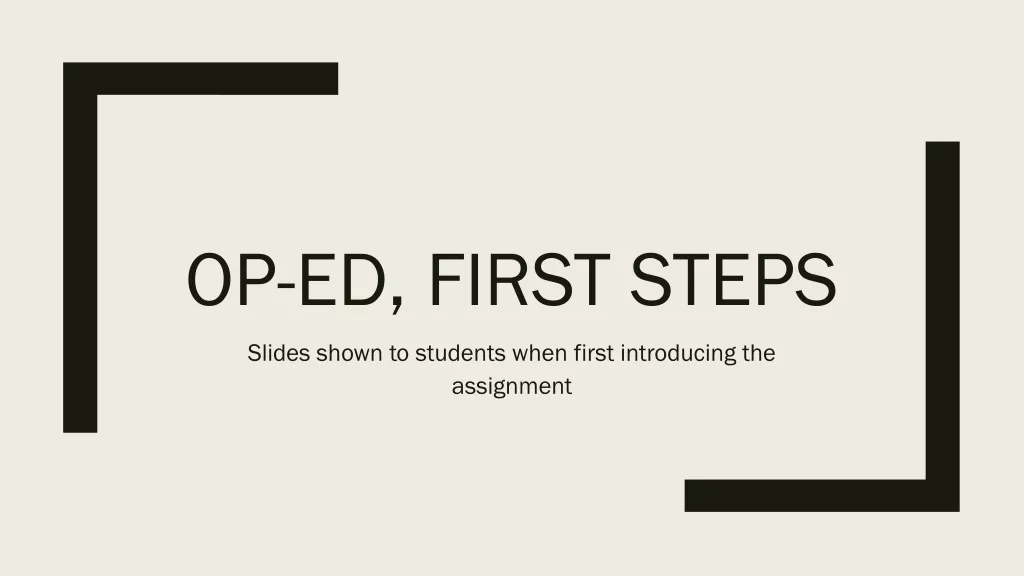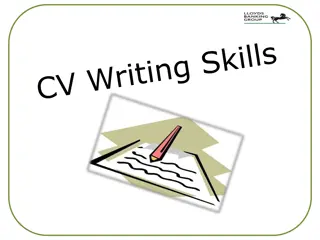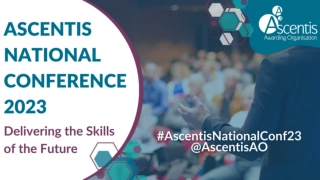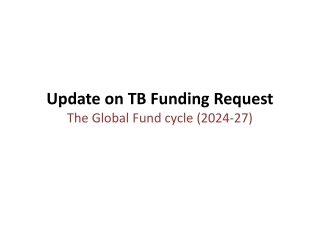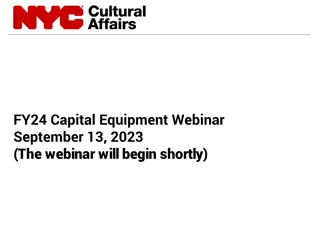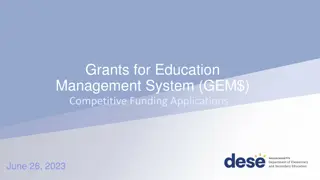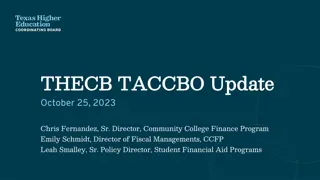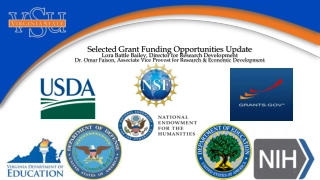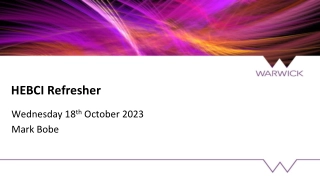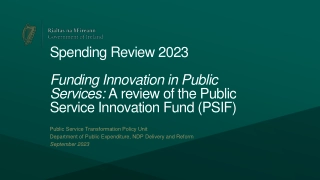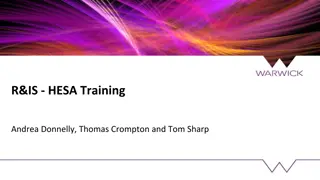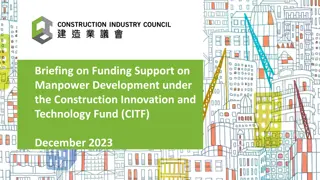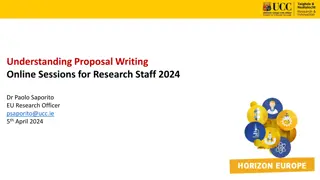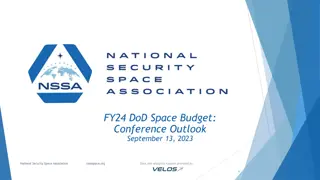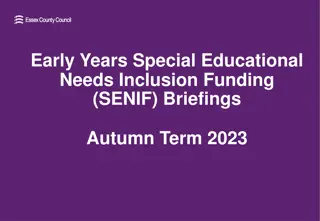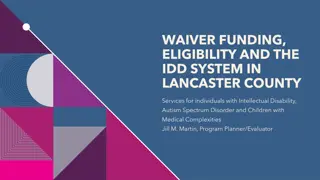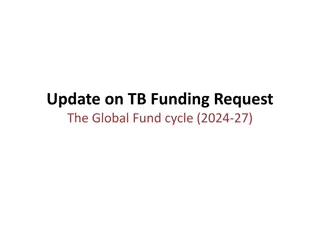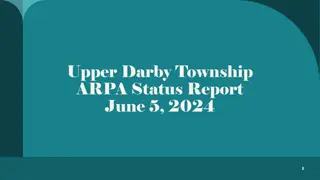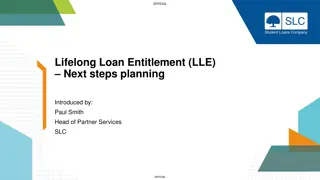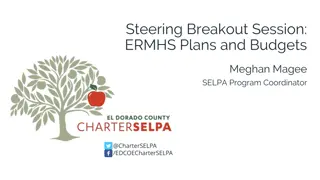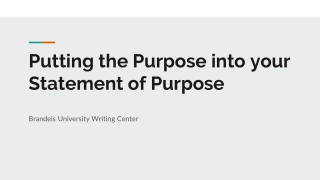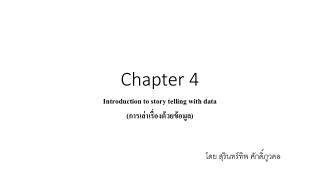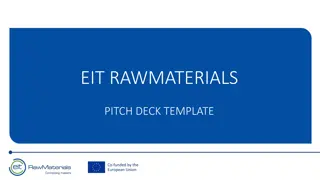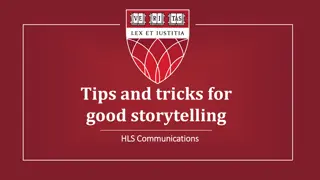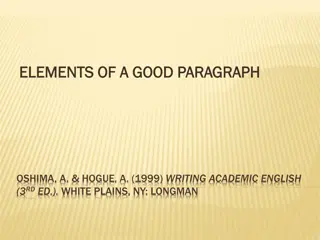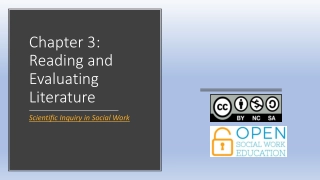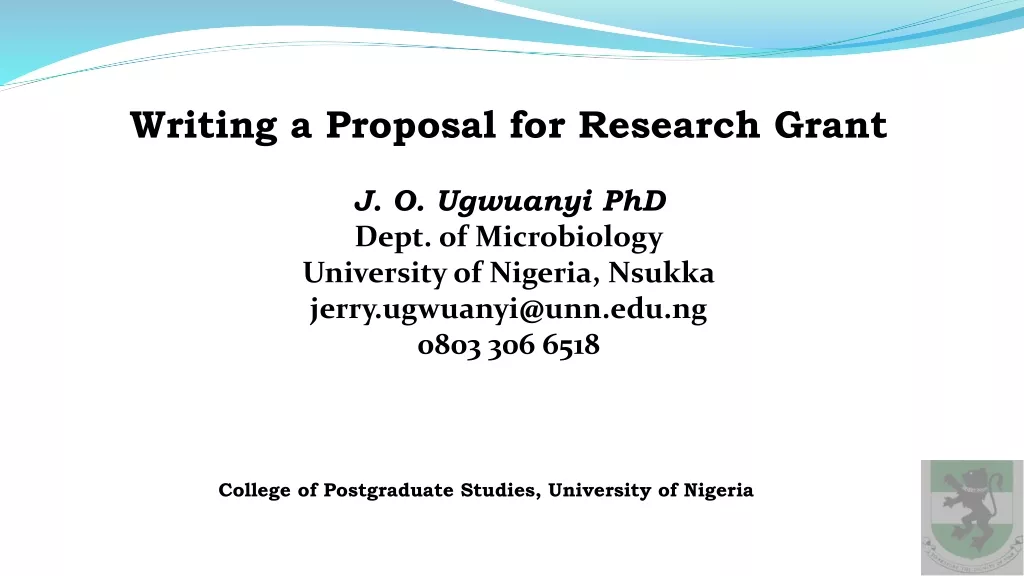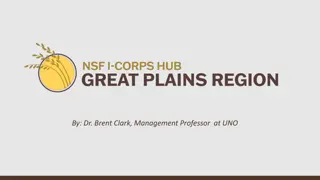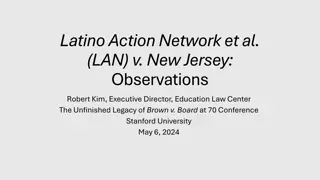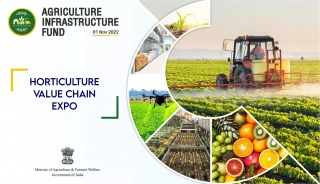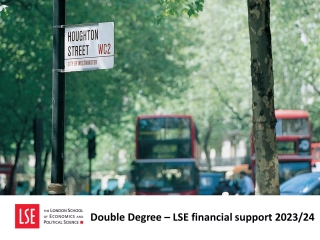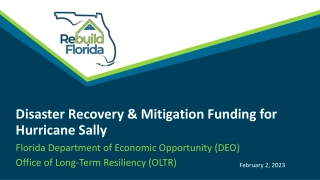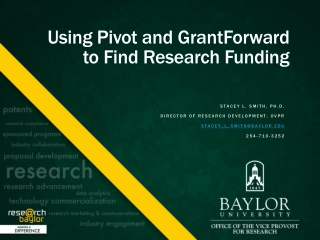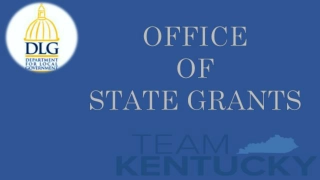Crafting a Compelling Case for Funding
Making a compelling case for funding is crucial in securing support for projects or organizations. From developing legal and compliance documents to detailing services and showcasing achievements, this proposal highlights the key elements needed to attract funding. Researching the funder, understanding their priorities, and aligning the proposal with their interests are emphasized for success.
Download Presentation
Please find below an Image/Link to download the presentation.
The content on the website is provided AS IS for your information and personal use only. It may not be sold, licensed, or shared on other websites without obtaining consent from the author. Download presentation by click this link. If you encounter any issues during the download, it is possible that the publisher has removed the file from their server.
Presentation Transcript
Proposal Writing Making a compelling case for funding
Contact Details www.safula.co.za / www.hggtraining.co.za Tel: 071 776 4851 Email: npo@hggroep.co.za Tina Thiart / Pam Jaco
Our Services NPO Directorate Compliances CIPC and SARS submissions Strategic Planning Evaluations and Impact Measurement Sustainability Plans Skills Development Certificate Management / Marketing/ Admin Marketing and Fundraising Planning Training (IC and Communications / Event Management Project Management Bookkeeping and Investment Services Registration of Companies, Cooperatives and NPO s
Proposals for Funding! Making a case! A proposal for funding is making a compelling case for funding for a project or Organisation to a specific funder with specific thematic areas. Most important is the executive summary that confirm the Organisation and its Members ability to implement the proposal
Legal and Compliances Documents NPO / NPC and Trust registration certificate PBO Letter and numbers Bank Confirmation Letter (six months) Lease agreement / Proof of address BEE Affidavit Constitution / Trust Deed, MOI Tac Clearance (SARS) Financial Report (Audit or independent review) Management accounts (last 6 months) Annual report (Narrative) Budget annual and project budget
Other request from Funders: List of Board Members and ID/ Tax numbers List of staff members or Project Team - experience Business Plan / Strategic Plan Fund Plan (Existing donors, target donors, other revenue streams) History of the Organisations Achievements for last 2 years M & E / Impact Measurement plan Letter of Board to confirm project and fundraising team
Who is the funder? Research your funder before you decide on the proposal What do they fund Check past grants made to who for what What is their position statement about the Thematic area What DO they NOT fund The terminology they use for specific thematic areas The TIME for implementation Their process (Call, Concept, Proposal, Committee, decision ) Contact person and full address email Length of the proposal (word and size of font) Submissions (Email, forms, online, other)
Restricted or Un-Restricted Funding Restricted funding is for a specific project / programme and time and a strict budget allocation. Funding cannot be redirected without the written permission of the funder Unrestricted funding is a donation towards the work of the Organisations and can be used as best by the Organisations
Information on the Funding environment! https://www.nedbankprivatewealth.co.za/content/private-wealth- sa/south-africa/en/products-and-services/philanthropy/the-giving- report0.html https://www.cafonline.org/about-us/publications/2017- publications/south-africa-giving-2017 https://trialogue.co.za/publications/csi-handbook-20th-ed-2017-free- download/ https://www.dailymaverick.co.za/opinionista/2018-03-05-who-gives- in-south-africa-and-to-whom/ http://www.dsd.gov.za/index.php?option=com_content&task=view&i d=103
Concept Note Concept Note A Concept Note is perhaps the shortest expression your project idea given on paper to a donor
What should be in the Concept Note 1. Name of the Organization 2. Title of the Proposed Project 3. Potential Donor 4. Context (not more than 300 words) 5. Rationale for the Proposed Project 6. Project Goals and Objectives 7. Project Strategy/ Listing of Project Activities 8. Expected Results 9. Innovation: How different it is for other or earlier projects? 10. Organizational Background, including the expertise and experience. 12. Budget Estimate 13. Complete Contact Information of the NGO
What should be the size of the Concept Note? This actually depends upon the donor requesting the Concept Note. However, we need to remember that it is the shortest possible text for our project idea. So, shorter the better. Most donor agencies request a minimum of one page to a maximum of three pages. Concept Note has many seeking funds. It practically gives a framework for ideas when they are organized on paper. It is also the first expression of the project and gives the flexibility for the organization to work and re-work on idea before presenting it to the donor. advantages for NGOs
Context What should we write here Overview of your Organisation Executive Summary Must clearly define the AREA that you operate in Describe the Thematic Area that you want to focus on for the PROJECT Who is your TARGET MARKET or Beneficiaries Summary of the History of the Organisation Any Achievements SUCCESS REMEMBER ONLY 300 WORDS
Rationale for the Project Describe the problem that you want to address Give the Statistics of the Challenge in South Africa and in your province and Township Who are the project trying to help How does your project tie in with National Development Plan and or Strategic Development Goals How do you fit in with the DONORS statement on the problem Usually you only have space for 300 Words but this is most important
Rationale for the Proposed Project Why is the project going to work Where else did you try / pilot the project How did you improve on the pilot project Lessons learned from other organisations and how do you implement What proof do you have that this project will work in your community Why did you pick the specific methodology Make a strong Case here ..
Project Goals / Objectives Start with the Strategic Objective in the Constitution Write the Goals for the Project Think about outcome when you write the Goals Write the Objectives Think about your Rationale for the Project Strategy and Activities What Methodology and What Activities Think about the Outcomes
Results & Innovation What results would you like to see think about the rationale and your contex Align your results to the Change that the Donor wants to see Think about collecting DATA and how this will help with the next project How many, where, when, what, how Innovation How do your project differ from others in your area Why is your methodology effective What do the community say.
Important TIPS! If you write on the Donor form please make sure you stay within the limitations / words asked. First write you project on Word and then put into the Donor Format Read the Donors Rationale why they want to fund the project Do not ask for Organisation Funding if they want to fund a PROJECT Salaries and Operational cost 10% Ensure you have enough Internet DATA, sometimes you cannot save the concept note online More than 70% Donors are looking for email or Online proposals Draft a Logic Framework so you can see the result
Other Opportunities Tender to provide services or goods BEE opportunities (SED. Skills Training ED) Research or community mapping Hosting discussions, events or conferences Partnership with other NPO s Shop / Sales / Income Generating Lottery or Auctions / Lucky draws Giving Campaigns Sporting events / Sponsor a project GivenGain, Back-a-buddy, GreaterGood, Internships/Learnerships
Content of a Proposal Executive Summary 250 words explaining the ability and experience of the Org to implement the propose project History of the Organisation Statement of need 1 page with statistics and data - problem Objectives 1 page how you are going to address the problem Method activities and deliverables 1 page Evaluation how you are going to measure the impact, monitor the project including indicators Staff and Board Experiences Innovation Budget
Do NOT!!!!! Talk more about the problem than the solution Use buzz words Jargon / NPOSpeak Do not copy funders words but make sure you fit Budget must tally up . Work out . Count correct Do Not ask for more than 1/3 of your total budget Do not ask for organizational development if they fund projects Do not use smaller font as 11 Do not send a template proposal / generic Do not submit if you DO not have all the compliance documents Do not submit a full proposal if they ask for a concept note of letter of interest
Fundraising Report Org name Contact Person Thematic Area ASK / Request Next steps
Prospect list Org Contact Person Contact details Thematic Area Date submit Fit / project Size of grants
5 Approaches to Keep Your Donors Engaged Calculate your donor retention rate. Determine what percentage of all your donors last year were repeat givers. ... Audit your donor communications. ... Newsletters, reports, Social Media reports Try new ways to thank donors for their support. ... Get (or reexamine) your systems for managing donor data. Ask your donors why they give to your organization. Engage new donors every year Meet donors every year and engage Board Members
Sign on www.hggtraining.co.za Off line Training available on npo@hggroep.co.za


